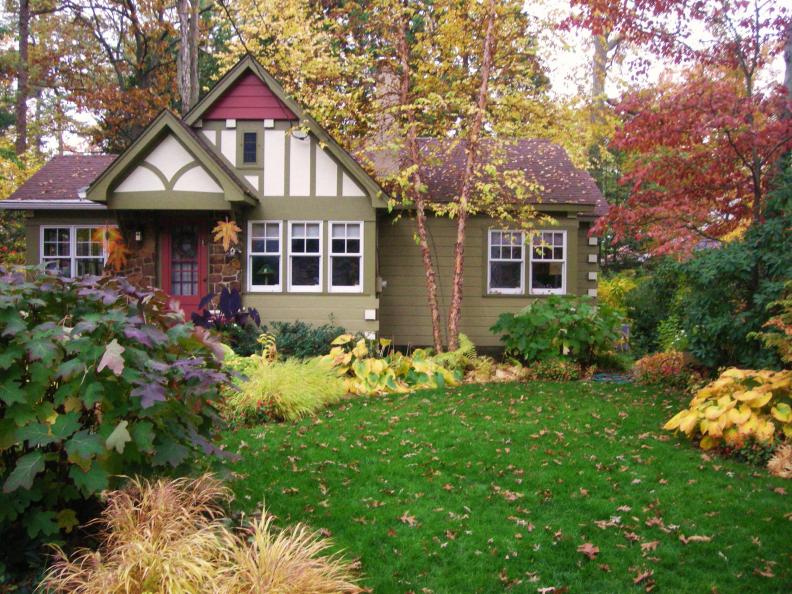1 / 27
Assess the Damage
A flower garden can tell you a lot at the end of the growing season. You'll want to assess the results of all your spring and summer work, and prepare the garden for next spring. First, take a walk around your garden and look at how all the plants did over the summer. Track successes and failures of individual plants. Identify which plants have outgrown their space and need to be divided.









